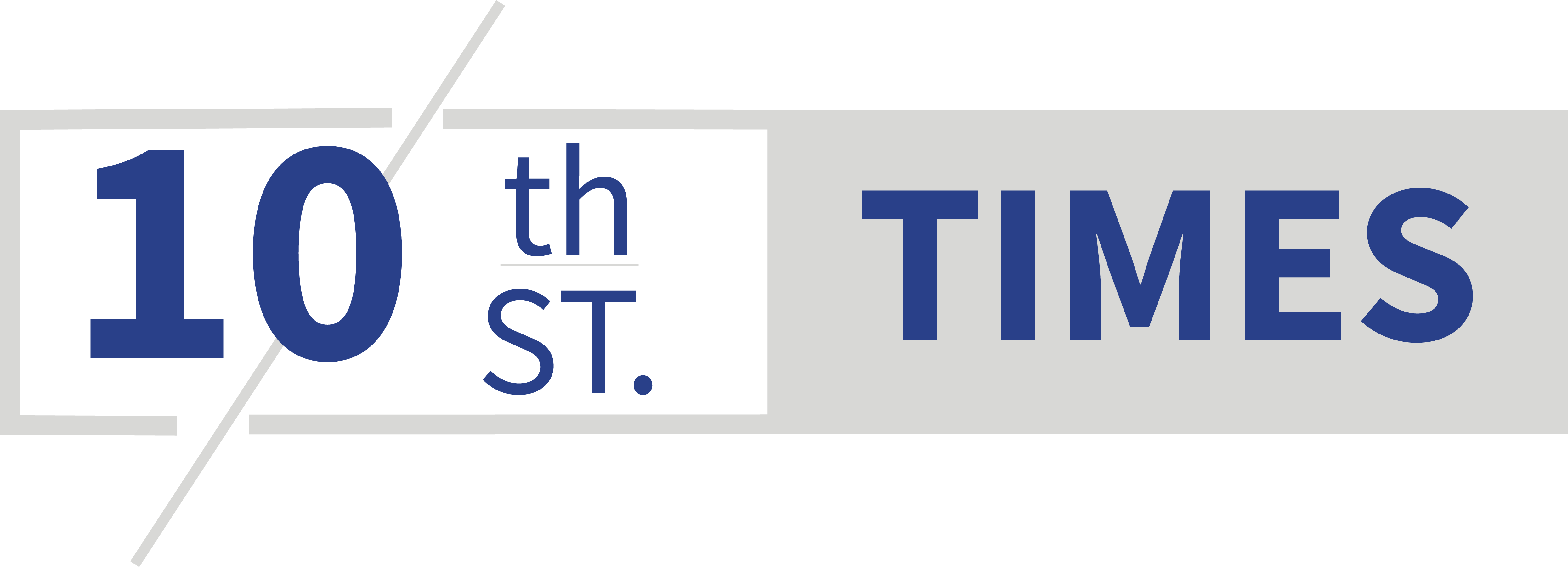Learning Centers’ Effects on Students
Share this story

Different in-school learning centers allow kids of all ages and all levels of ability to learn at their own pace.
In elementary, students begin to divide themselves into different groups like clubs, friends, sports and academics. This starts to shape students for the future. As students start becoming older different classes start to appear including Extended Learning Programs, English as a Second Language, Instrucual Methods and many more. These learning programs are in place to help students grow and reach their best potential. Every learning experience is different for each student so having access to different learning environments can help them to develop and learn better. The great thing about these learning centers is that the starting range is from elementary to high school.
Many students who are or were in ELP take more advanced classes or are pushed harder academically. This can help students, not only in school but in future jobs and life. However, there are pros to cons to ELP, one con being the mental and physical stress. “Not only the stress of the class load and how much homework you have but just thinking at a higher level and putting the internal pressure to not only take the harder classes but get good grades in them,” sophomore Abigail Imm stated. Abigail also talks about how even though she might be in harder classes she still struggles sometimes.
ELP students can often be stereotyped by others. Some may think that ELP students believe they are better than others. This stems from assumptions that ELP kids will excel outside of school, just as they do in school. For example, making the assumption that ELP kids are going to be a doctor, lawyers or some type of high-end job after high school, which is not always the case. Another con is that ELP is not very inclusive. Students have to take different types of tests such as the ISAP or cogAT test, and receive a certain score, have a teacher recommendation or have a certain level of grades, making it difficult for students to get into ELP or even stay in. Junior Kiersten Campbell explained, “In third grade, if you got a certain score on the Iowa Assignments you took the cogAT test, and the test is kinda stupid itself. it tested how well you could visualize paper being folded, a punched hole and different kinds of things… it didn’t really feel like a test it felt more like a puzzle.”
That said, there are still many pros to being in ELP. In high schools, ELP is not so much about learning but showing what students can pursue in the future if they already are succeeding by giving them the skill and tools they need by allowing them to take harder classes and practice goal setting.
Another learning program is English as a Second Language, better known as ESL. This program helps students who know little or no English with reading, writing, listening and speaking development. ESL has many effects on students’ lives just like ELP. The environment of this program helps encourage these students to learn about their understanding abilities as well as setting them up for a successful future. One con to the ESL program is that it limits the amount of students in their social life. Students who are in ESL do not have as much time to get to know their classmates because they are having to leave class for ESL to help get a better understanding of what they are learning in class. Academically, this is very helpful, but this makes it more difficult on the students to make and create relationships outside of ESL. “[ESL] affects [the social aspect] a little bit because when you have to go out of some classes you don’t have the same time to socialize with other people… it makes it harder and you can not make a lot of friends,” Junior Marcelino Hugo-Bravo stated. Instructional Methods is a learning program for students to use different methods that are taught by teachers so that they can relate more to the learning. This program spends a lot of time doing individual or small group work. It allows students to get additional help in reading, writing, math and even tests, including extra test time or quieter test-taking environments. The goal of Instructional Methods is to continue improving in the area of reading, writing and math and to practice these skills on a daily basis. This helps students in the future by providing extra layers to help them achieve at the same rate as other students. There are some very positive effects of students being in the Instructional Methods program. “I think it is definitely positive for the students in Instructional Methods because it’s that less stressful, less crowded area for students to work and to learn,” stated Instructional Methods teacher Ben Duea. Duea also talks about how he enjoys working in Instructional Methods and how it is fun to see students progress and continue to learn and grow and how comfortable students become when in a smaller classroom.
